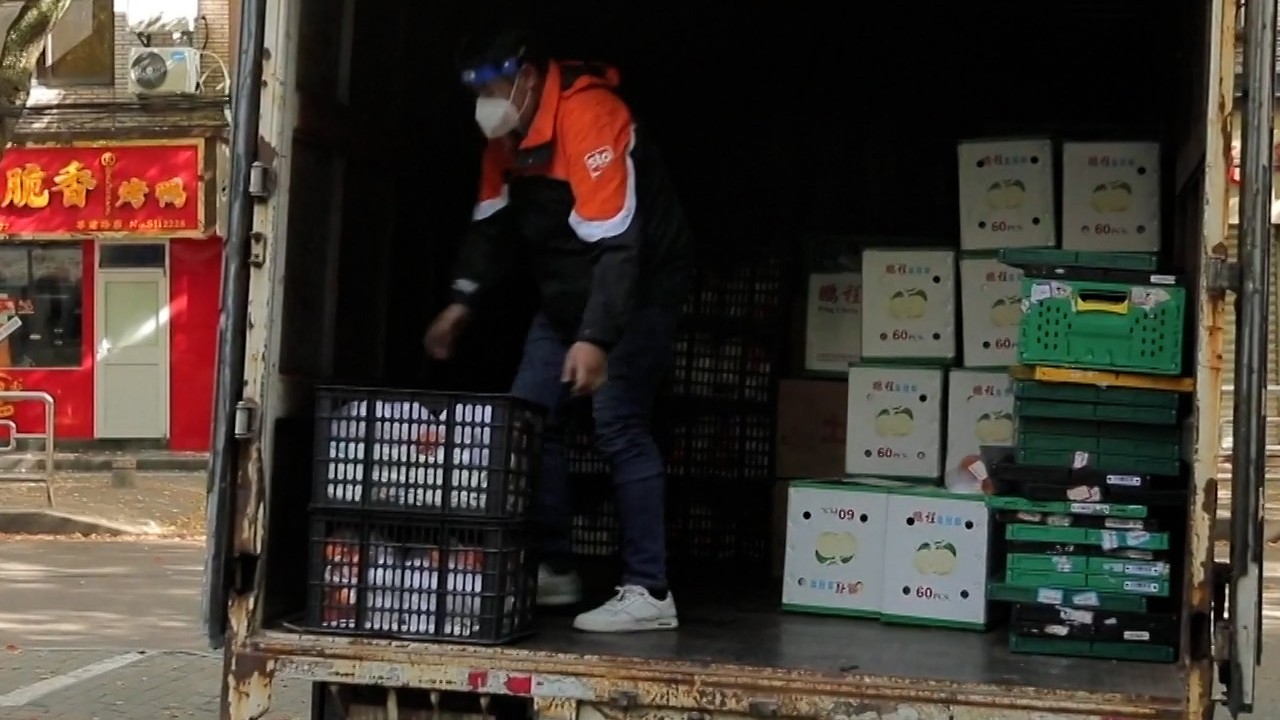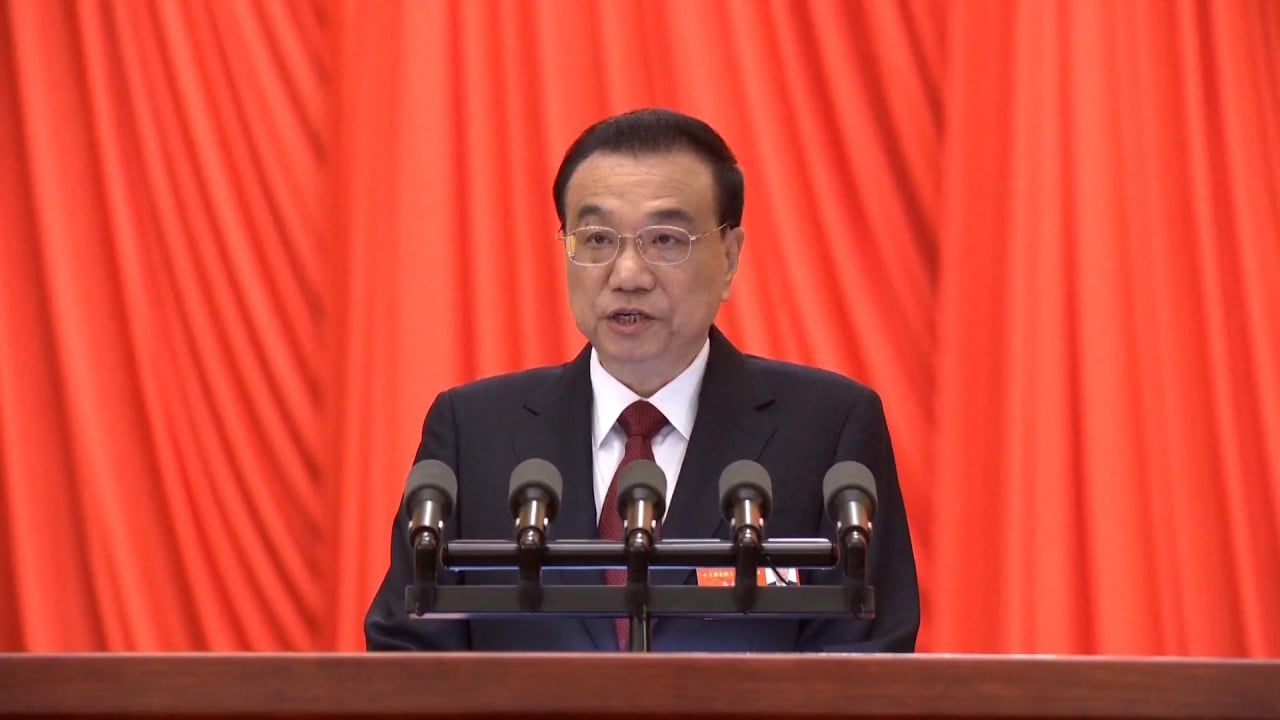
Chinese debt sell-off likely to continue as yield advantage over US bonds disappears
- The yield on the 10-year Treasury note climbed to 2.78 per cent on Monday, surpassing the 2.75 per cent premium for China’s 10-year government bond
- Analysts warn that ongoing capital outflows coupled with growing depreciation pressure on the yuan may be destabilising for China’s financial markets
Capital outflows from China are expected to continue in coming weeks after an exodus of foreign funds from Chinese sovereign bonds in March, experts said, as the country’s yield advantage over US Treasuries disappeared for the first time since 2010.
On Monday, 10-year US yields climbed to 2.78 per cent, supporting the US dollar and surpassing the 2.75 per cent yield for China’s benchmark 10-year government bond.
“Looking back, whenever the interest rate gap between China and the United States rapidly declined … international capital flowing out of China would speed up,’ Liu Yaxin, a macro strategist at China Merchants Securities, said in a note on Tuesday.
“From the perspective of US inflation and China’s economic fundamentals, the reversal of China and US interest rates may continue for a period of time, international capital outflows will still continue and, in the short-term, the yuan exchange rate [with the US dollar] will face depreciation pressure.”
China’s forex reserves fall US$26 billion amid ongoing capital outflows
The sell-off of Chinese debt is concentrated in the sovereign debt market. Foreign outflows from China’s government bonds expanded to 51.8 billion yuan (US$8.1 billion) in March, up from February’s 35.42 billion yuan, according to a report on Tuesday compiled by Western Securities based on data from Wind.
Overseas investors have also stepped up the sale of debt issued by Chinese policy banks, which are responsible for financing projects led by the government. The amount sold grew to 39.68 billion yuan in March from February’s 28.53 billion yuan, the Western Securities report said.
Besides government bonds, foreign investors have dumped Chinese equities. In the first quarter of 2022, net outflows from the Mainland Stock Connect, where foreigners can trade equities listed on mainland exchanges, was 24.3 billion yuan, according to Everbright Securities. The brokerage estimated the total outflows from Chinese equity and debt investments were about 218.5 billion yuan in the first quarter.
China will step up implementation of macro policies as downward pressure on the economy increases, Premier Li Keqiang has said.
Authorities are also encouraging domestic investors such as national social security fund, trusts and insurance companies to buy more equities and for major shareholders of listed firms to increase their holdings to stabilise the stock market, according to a joint statement yesterday by the China Securities Regulatory Commission, State‑owned Assets Supervision and Administration and the All-China Federation of Industry and Commerce.
The Shanghai Stock Exchange also said on Monday that since the outbreak in March, it has strengthened communication and services with various international investors to address their concerns.
6 takeaways from China’s ‘two sessions’ and the economic turmoil that followed
It has conducted virtual roadshows with nearly 200 representatives from global investment houses, including sovereign wealth funds and pension funds, to promote Chinese assets and will continue its effort in the coming months.
“Although the yuan has depreciated by 0.6 per cent against the US dollar since the invasion on February 24, it appreciated against the euro, Japanese yen, the pound, and many emerging market currencies,” the IIF said.
“We expect the yuan to only depreciate against the US dollar by about 2 per cent in 2022 due to the narrower trade surplus and the divergent monetary policies of the Fed and PBOC.”
Analysts at Everbright Securities said ongoing capital outflow coupled with growing depreciation pressure on the yuan could be destabilising for China’s financial markets.
When the US Federal Reserve last raised rates in 2015, it sparked capital flight from China. The country’s foreign exchange reserves fell to a record low between 2015-16, during which there was also an unprecedented stock market rout.
“Changes in the yuan exchange rate through cross-border capital flows may indirectly affect the domestic financial market,” Everbright Securities said in a note on Tuesday.
“Owing to the Fed’s monetary tightening cycle, the depreciation of the yuan exchange rate and the outflow of funds under the capital account often have a spiralling effect, which in turn has a negative impact on the stability of the domestic financial market.”



